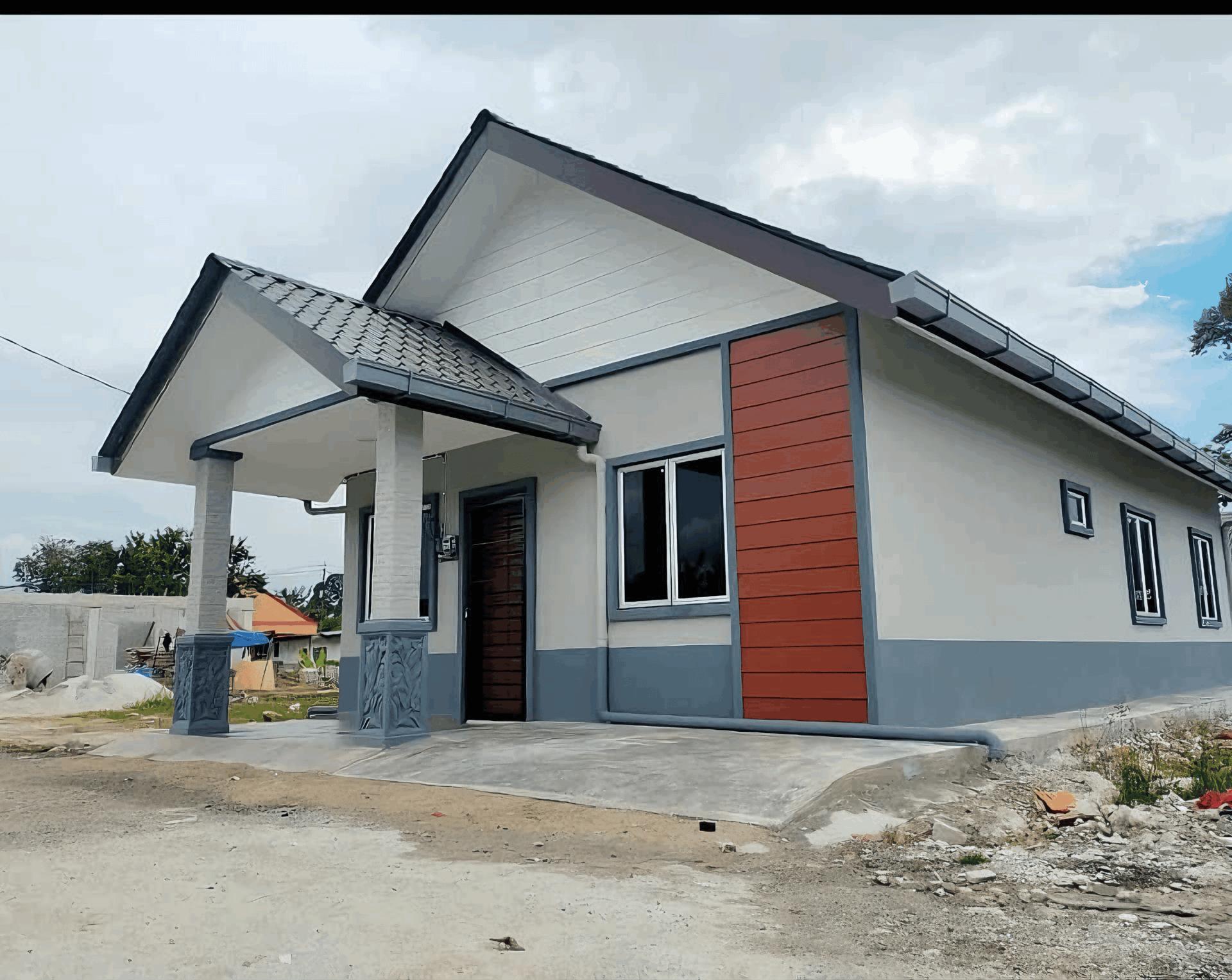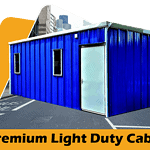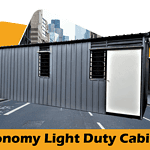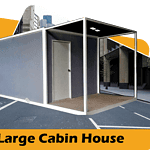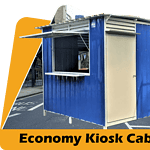Introduction:
Hey there, Malaysia! 🌟 Have you ever thought about how your dream home could be built faster, smarter, and more sustainably? Well, buckle up, because modular construction is here to shake things up in our housing market! Imagine houses that are pieced together like a jigsaw puzzle, reducing construction time and minimizing waste. Sounds cool, right? In this article, we’ll dive into how this innovative approach is not only changing the way we build but also making homes more affordable and accessible for everyone. From bustling Kuala Lumpur to serene Sabah, modular construction is set to transform our living spaces for the better. So, let’s explore how this exciting trend is revolutionizing the Malaysian housing landscape! 🏠✨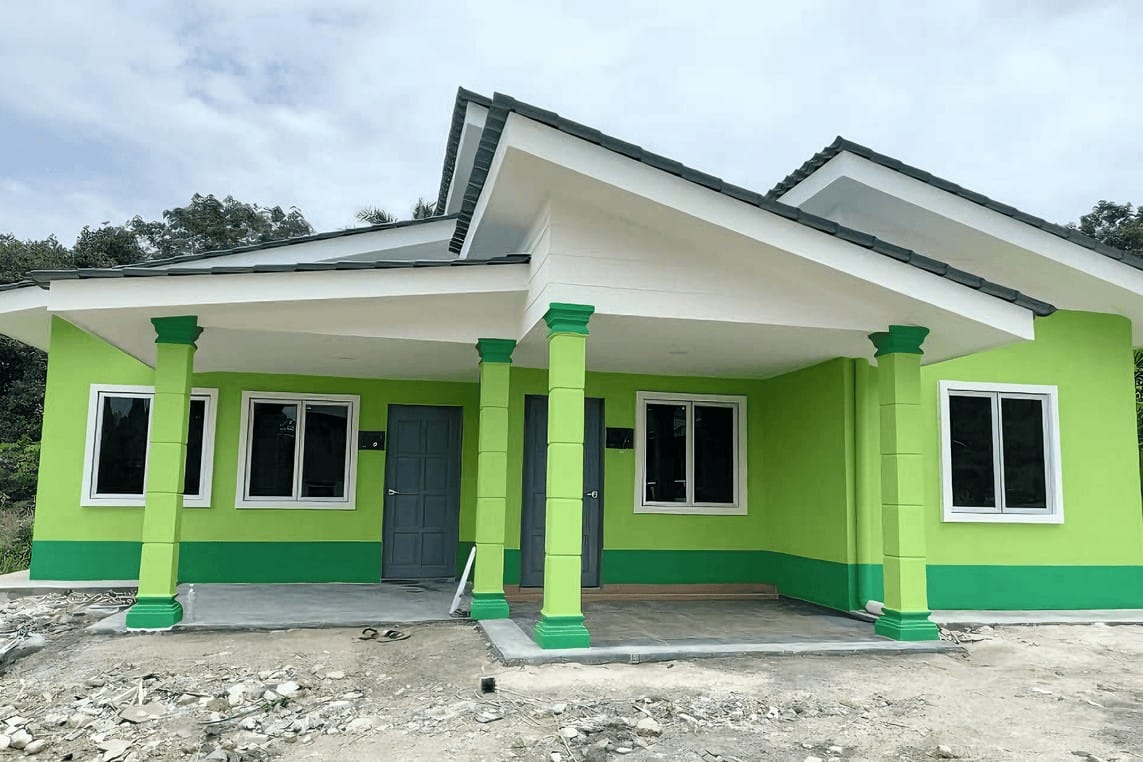
The Rise of Modular Construction in Malaysia
The Malaysian housing market is witnessing a transformative shift thanks to modular construction, a method that emphasizes efficiency and flexibility. This approach allows for homes to be crafted in sections or modules, which are then transported to the site and assembled quickly. Unlike traditional construction methods that often face delays and cost overruns, modular construction streamlines the entire process, making it an appealing option for both builders and buyers. With the urgency for affordable housing solutions, this revolutionary approach is not only timely but necessary.
One of the standout benefits of this method is sustainability. Modular structures are typically built with environmentally friendly materials, and their design often allows for better energy efficiency. The components can be produced in factories, leading to less waste on site and a smaller carbon footprint overall. Many companies are focusing on using renewable resources and innovative technologies that further enhance the eco-friendliness of these buildings. This commitment to sustainability is increasingly attractive to younger generations looking for homes that align with their values.
Furthermore, the government of Malaysia has recognized the potential of modular construction to address the longstanding issue of housing shortages. Collaborative initiatives between private developers and public agencies are on the rise, aiming to harness this technology for widespread community impact. The table below highlights some notable collaborations in this sector:
| Developer | Project Name | Location | Completion Year |
|---|---|---|---|
| XYZ Builders | Eco Homes | Kuala Lumpur | 2024 |
| ABC Construction | Green Living | Penang | 2025 |
| DEF Group | Smart Living | Selangor | 2023 |
As the landscape of the Malaysian housing market evolves, modular construction paves the way for a future where quality homes are accessible, speedy, and sustainable. The trend is picking up momentum as more developers embrace this innovative method, and it’s clear that the synergy between technology, environment, and community development is reshaping the very fabric of residential living in Malaysia.
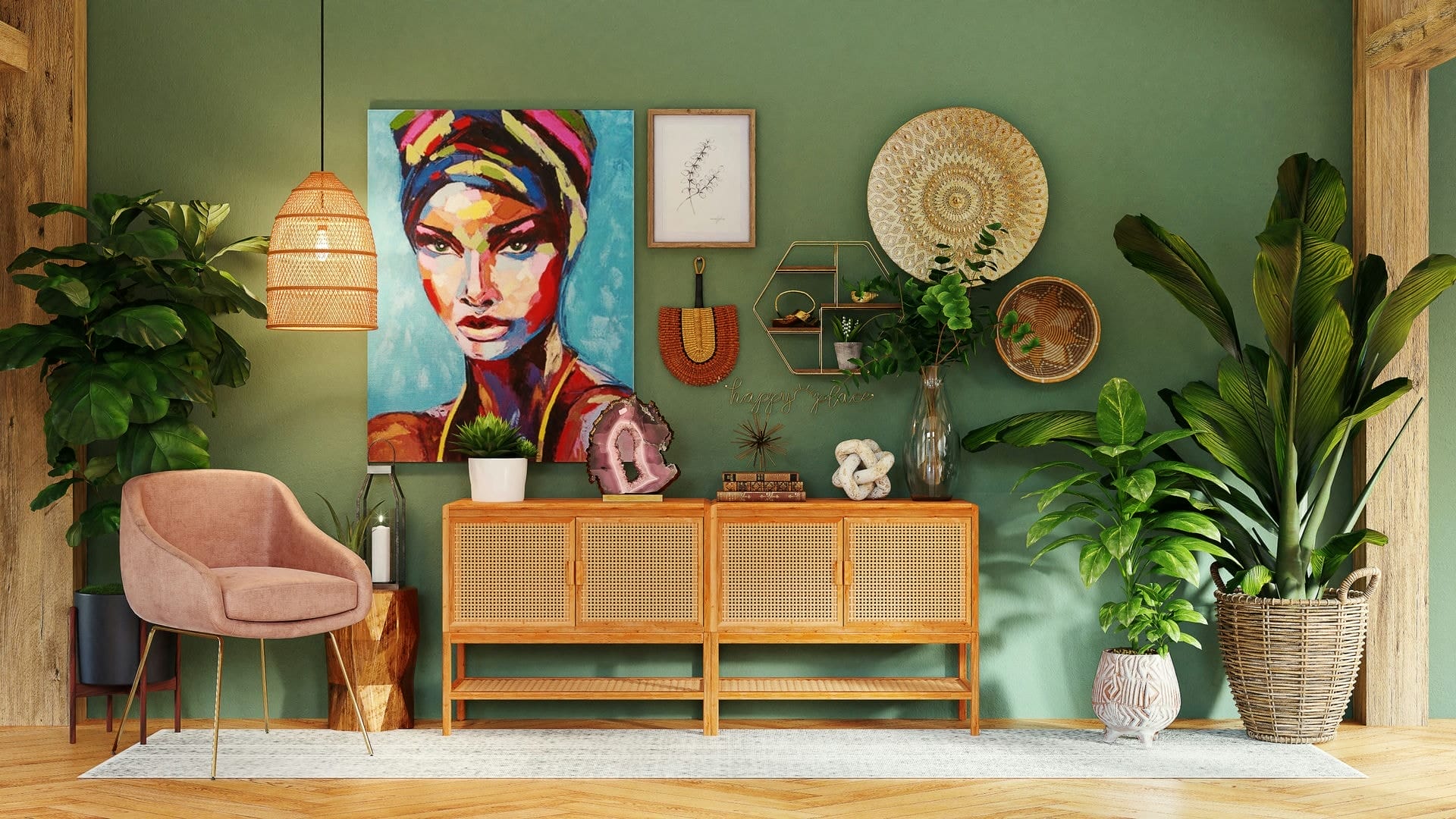
Understanding the Benefits of Modular Housing Solutions
Modular housing solutions are changing the game in Malaysia by offering a variety of advantages that traditional building methods simply can’t match. One of the standout benefits is efficiency; constructing homes in modules allows for __significantly reduced build times__. In an industry where time translates to money, this speed is essential. Since modules can be built off-site while site preparations are happening simultaneously, projects can proceed at an incredible pace. Homebuyers can expect to move into their new homes much quicker than conventional builds allow.
Another significant perk is cost-effectiveness. With modular construction, you often see __reduced labor costs__ due to the streamlined processes involved. Fewer delays and predictable timelines mean fewer resources are wasted. In addition, because these homes are built in a controlled environment, there’s less risk of costly weather-related delays or material theft. Homeowners can also take advantage of lower utility bills over time, as modular homes tend to be __better insulated and energy-efficient__, leading to sustainable living and savings.
Lastly, sustainability is at the forefront of the modular housing movement. The construction process generates __less waste__ compared to traditional methods, as materials are pre-cut, leading to fewer off-cuts and excess debris. Additionally, many modular homes incorporate eco-friendly materials and energy-efficient designs. Let’s not forget the flexibility in customization; with modular construction, homeowners can easily personalize their spaces without compromising quality. Check out the table below that summarizes how modular housing stands out:
| Benefit | Description |
|---|---|
| Speed | Quicker build times compared to traditional methods. |
| Cost-Effectiveness | Lower labor costs and reduced utility bills. |
| Sustainability | Less waste and use of eco-friendly materials. |
| Customization | Easily personalized spaces without quality loss. |
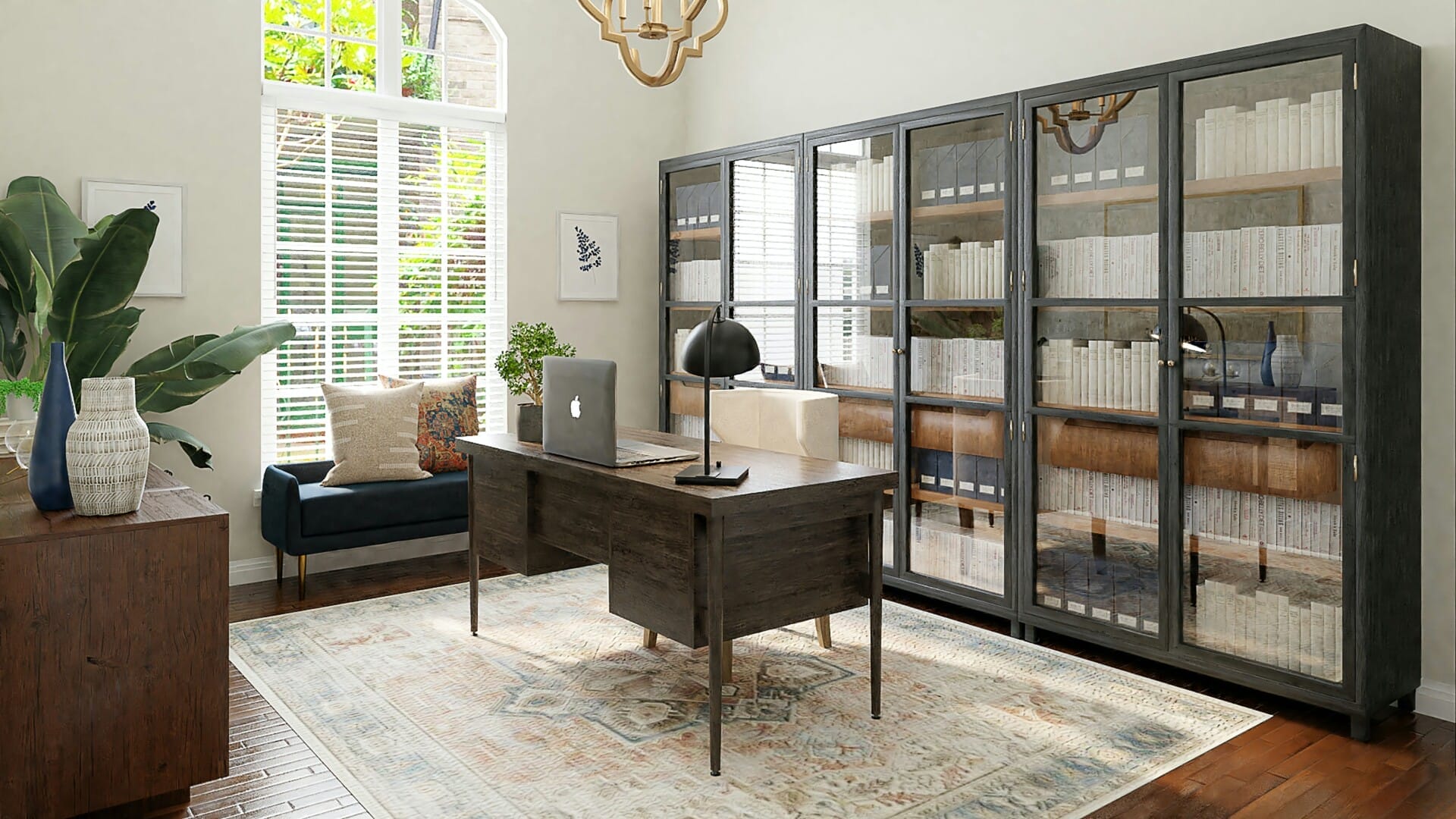
Streamlining Construction: Time and Cost Efficiency
In today’s fast-paced world, time is of the essence, especially in the construction sector. Modular construction stands out by breaking down large structures into smaller, pre-fabricated sections that can be built off-site while simultaneously preparing the foundation on-site. This dual approach significantly reduces the overall project timeline. Instead of waiting months for traditional building methods, homeowners in Malaysia can enjoy their new homes in a fraction of the time. Imagine cutting waiting periods from years to mere months—now that’s a game changer!
Cost efficiency is another major boon of modular construction. With reduced labor costs and shortened project durations, it’s easier to stick to a budget. Key factors contributing to cost savings include:
- Less waste generation through precise manufacturing processes.
- Lower energy consumption thanks to factory-controlled environments.
- Reduced on-site construction disruptions that minimize unforeseen expenses.
The financial benefits extend beyond just construction expenses. Modular homes are often designed with energy efficiency in mind, meaning homeowners can save on utility bills in the long run. To highlight how modular construction can benefit budgets, here’s a quick comparison of cost breakdowns between traditional and modular construction:
| Category | Traditional Construction ($) | Modular Construction ($) |
|---|---|---|
| Labor Costs | $40,000 | $25,000 |
| Material Waste | $15,000 | $5,000 |
| Timeframe | 12 months | 6 months |
With these striking advantages, modular construction is not just a trend but a transformative approach that aligns perfectly with the needs of the modern Malaysian housing market. As more builders and homeowners recognize the benefits, we can expect to see a notable shift towards this innovative method.
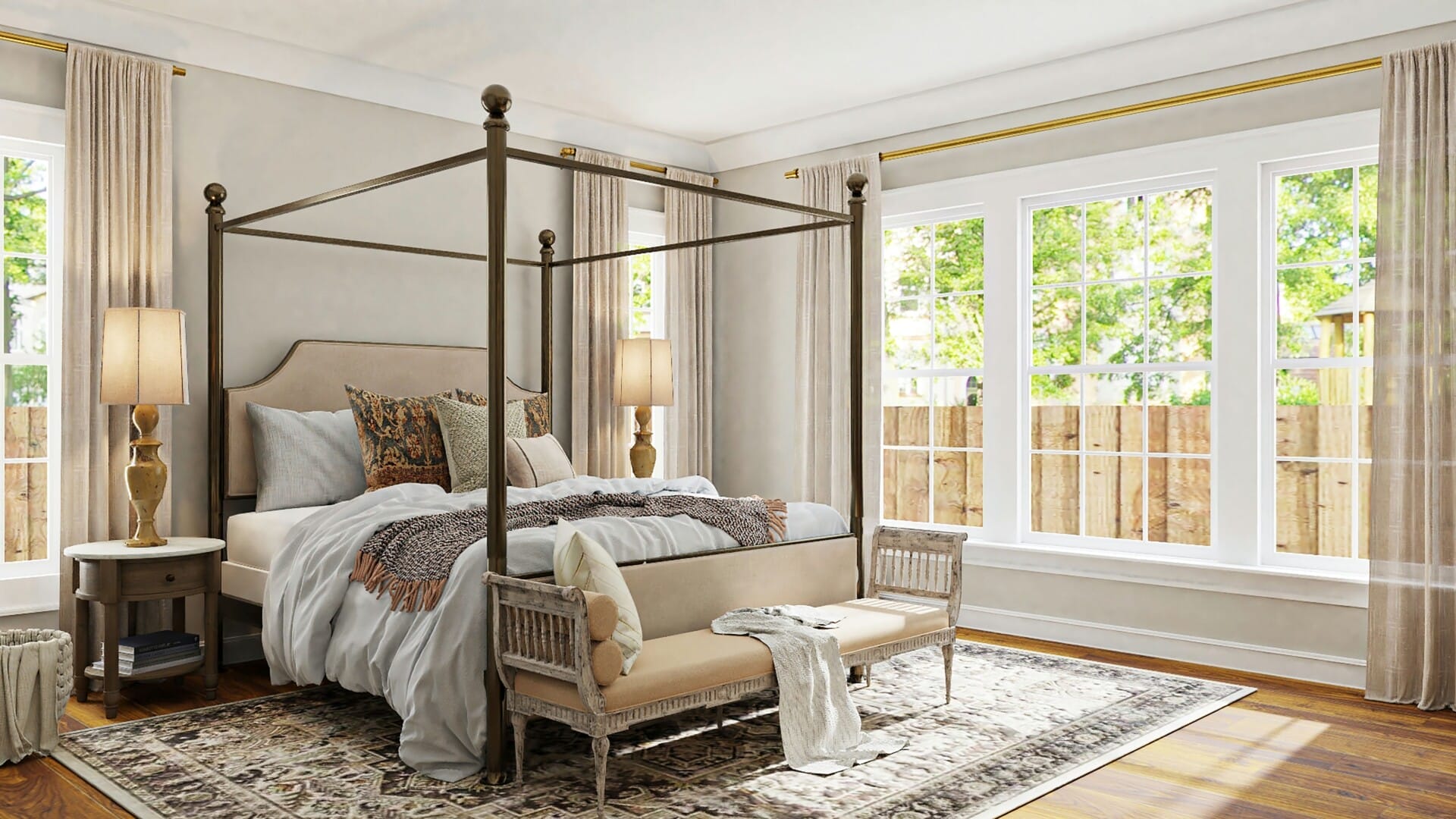
Sustainable Building Practices in Modular Design
In the world of construction, sustainability and efficiency are no longer just buzzwords; they’re becoming essential practices, especially in modular design. By using prefabrication techniques, modular construction reduces waste significantly. Components are produced in a controlled factory setting, meaning fewer materials end up in landfills. This streamlined approach not only cuts back on excess resources used but also helps minimize transportation emissions since fewer trips are required during the building process.
Moreover, the energy efficiency of modular buildings is commendable. High-quality insulation, energy-efficient windows, and sustainable materials are often incorporated right from the design phase. These elements work together to create comfortable living spaces that require less energy for heating and cooling. Here are some key sustainable materials used in modular design:
- Bamboo: Fast-growing and renewable, bamboo is an excellent alternative to traditional wood.
- Recycled Steel: Using recycled steel reduces resource extraction and is incredibly durable for construction.
- Insulated Concrete Forms (ICFs): These provide superior insulation and energy efficiency.
Lastly, one of the standout features of modular construction is its capacity to adapt to various environments and regulations. This flexibility means that buildings can be designed with local ecosystems in mind, ensuring minimal disruption to the surrounding areas. Integrating green roofs, rainwater harvesting systems, and solar panels into modular designs not only enhances sustainability but also boosts the overall health and livability of communities. Check out the comparison below for a clearer idea:
| Feature | Traditional Construction | Modular Design |
|---|---|---|
| Waste Generation | High | Low |
| Energy Efficiency | Standard | Advanced |
| Adaptability | Limited | High |
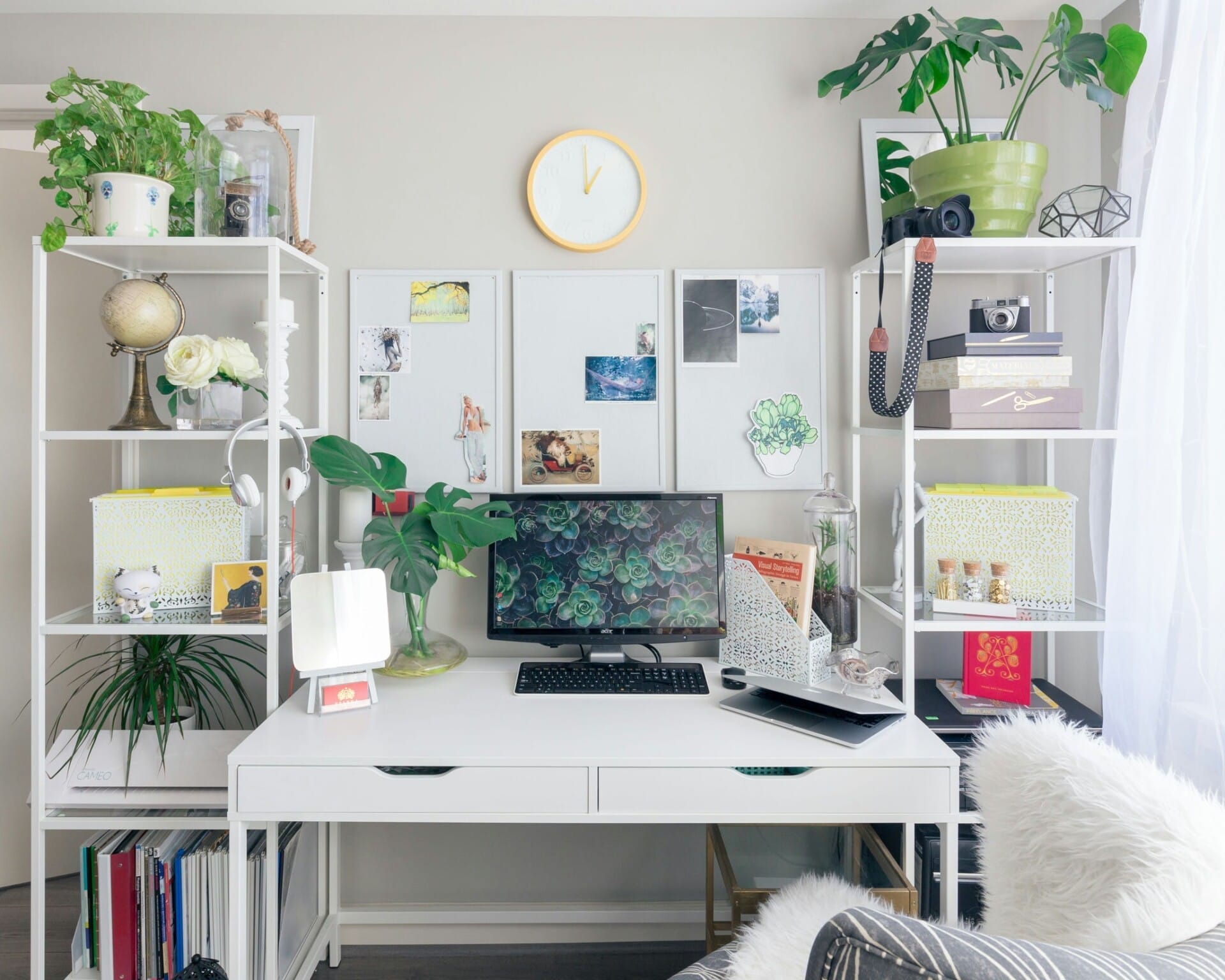
Adapting Modular Construction to Local Needs and Cultures
One of the most compelling aspects of modular construction is its ability to be tailored to fit the unique needs of different communities. In Malaysia, with its rich tapestry of cultures and traditions, it’s crucial for housing solutions to reflect local identities. This adaptability enables the design and construction of homes that resonate with cultural nuances, ensuring that the architecture feels like a natural extension of the locality. For example, integrating traditional architectural elements like *louvred windows* or *verandas* into modular units can enhance the aesthetic appeal while promoting ventilation and community gathering.
Moreover, the flexibility in modular construction allows for a variety of housing styles that cater to different demographics—whether it’s affordable urban apartments or expansive family homes in rural settings. By implementing community feedback and employing local architects, developers can create spaces that embody the lifestyle and values of the residents. The incorporation of materials or color palettes that reflect local preferences can significantly increase acceptance and pride in the new housing developments. This not only contributes to a sense of belonging but also encourages residents to take better care of their surroundings.
Furthermore, modular construction can contribute positively to sustainability efforts in Malaysia. By utilizing local resources and labor, these projects not only support the economy but also reduce the carbon footprint associated with transporting materials from distant locations. By prioritizing sustainable practices, such as energy-efficient design and renewable resources, modular homes can align with Malaysia’s growing commitment to environmental stewardship. A collaborative approach that involves community members in decision-making can foster a sense of ownership and responsibility towards maintaining eco-friendly living spaces.
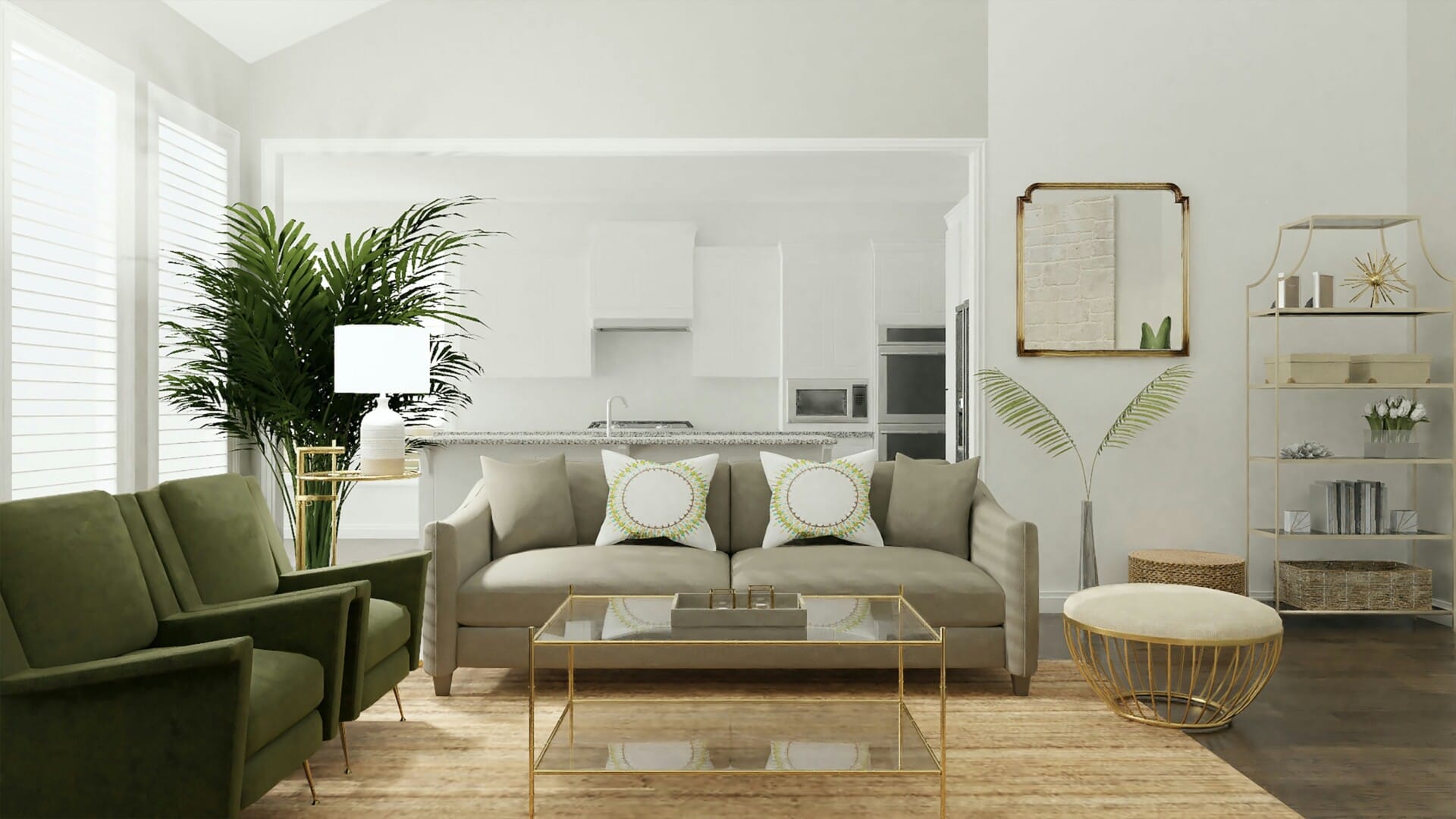
Challenges and Solutions in the Malaysian Modular Market
The Malaysian modular market is facing several hurdles that can hamper its growth, but innovative solutions are emerging to tackle these issues head-on. One significant challenge is the perception surrounding modular construction. Many stakeholders still view traditional building methods as the gold standard, leading to skepticism about the quality and durability of modular homes. To address this, industry leaders are investing in education and outreach programs, showcasing successful modular projects and emphasizing rigorous quality standards that meet or exceed conventional construction norms.
Another pressing issue is the supply chain management of modular components. As demand increases, the reliance on timely deliveries becomes crucial. Disruptions can lead to delays, ultimately affecting the overall project timeline. To counter this challenge, companies are forming strategic partnerships with local suppliers to ensure a more reliable flow of materials. Additionally, embracing technology like real-time tracking systems can enhance transparency in the supply chain, allowing for better project management and reduced downtime.
Lastly, the regulatory environment poses a challenge, as existing building codes and regulations may not cater to modular construction techniques. This can create confusion and hinder the rapid deployment of modular housing solutions. To combat this, industry forums and collaborations with government agencies are essential. By advocating for the development of more flexible policies tailored to modular construction, stakeholders can pave the way for a more supportive framework, encouraging innovation and investment in this burgeoning sector.
Future Trends: Shaping the Landscape of Modular Homes
The Malaysian housing market is on the brink of a major transformation, thanks to the increasing embrace of modular construction. With its flexible design capabilities and rapid assembly processes, this approach is set to redefine how we think about homes. Homebuyers now have the opportunity to customize their dwellings, selecting everything from layout to finishes, which means that more people can create spaces that reflect their individuality. The possibilities are endless, and this trend is likely to encourage an influx of innovative designs tailored to various lifestyles.
Technological advancements play a significant role in the rise of modular homes. Building Information Modeling (BIM), 3D printing, and sustainable materials are reshaping the industry, allowing for precise manufacturing and reduced waste. These cutting-edge processes not only speed up construction but also promote environmentally friendly practices. A growing emphasis on sustainability means that future modular homes will incorporate features like solar panels and rainwater harvesting systems, further enhancing their appeal to eco-conscious buyers.
Moreover, as urbanization accelerates in Malaysia, the need for affordable housing intensifies. Modular construction offers a solution by streamlining the building process and reducing costs. Local governments are recognizing this trend and beginning to support policies that favor modular projects. Here’s a quick look at some projected benefits of modular homes as they become more prevalent:
| Benefit | Description |
|---|---|
| Cost-Effective | Lower labor and material costs due to faster, efficient construction. |
| Quick Build Times | Homes can be built in a fraction of the time compared to traditional methods. |
| Customizability | Homebuyers can design their spaces with various options available. |
| Sustainability | Incorporation of green technologies and materials for eco-friendly living. |
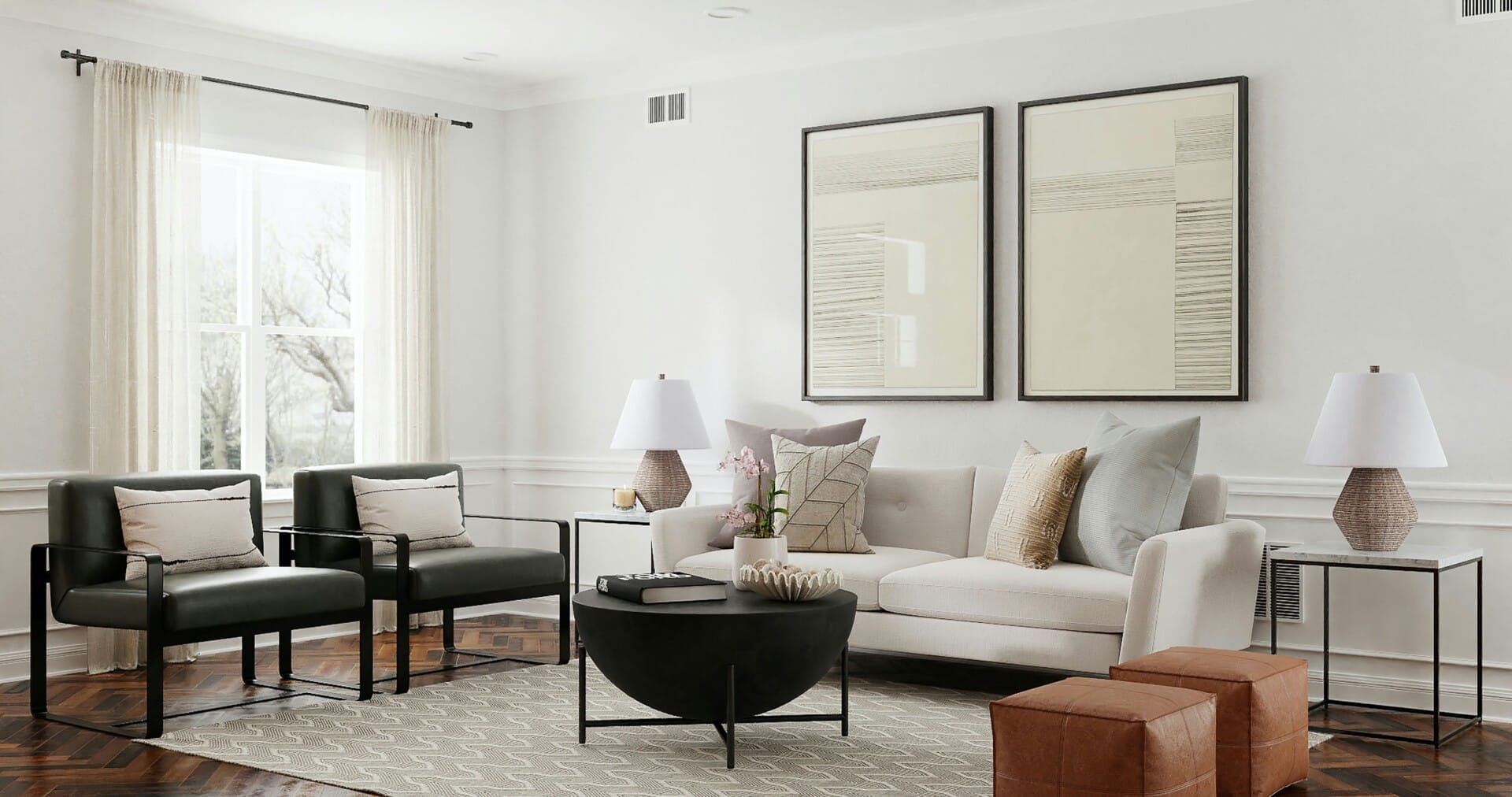
Recommendations for Stakeholders in the Housing Sector
For stakeholders navigating the evolving landscape of the Malaysian housing market, embracing modular construction can unlock numerous opportunities. By adopting this innovative building approach, stakeholders can enhance efficiency and responsiveness. Investors, for instance, should focus on avenues that leverage modular techniques, as these not only cut down construction time but also reduce waste. This can be a game changer in terms of cost-effectiveness and sustainability, appealing to the environmentally conscious consumer.
Moreover, developers should consider establishing partnerships with modular construction firms to tap into their expertise. This collaboration can streamline projects, ensuring that timelines are met without compromising quality. It’s also essential for developers to educate themselves on the latest technologies and materials used in modular builds. Understanding these aspects can help in making informed decisions and designing homes that cater to modern buyer expectations, including more sustainable living spaces.
government policy-makers have a pivotal role in this revolution. Advocating for incentives and subsidies aimed at modular construction can spur market growth. By creating a framework that supports innovation while ensuring safety and quality standards, authorities can not only promote affordable housing but also enhance the overall appeal of the Malaysian housing sector. Here’s a quick look at some potential policy initiatives:
| Policy Initiative | Description |
|---|---|
| Tax Incentives | Provide tax breaks for developers using modular construction methods. |
| Training Programs | Launch courses to upskill workers in modular construction techniques. |
| Fast-track Permits | Streamline the approval process for modular projects. |
In Summary
As we wrap up our dive into the exciting world of modular construction, it’s pretty clear that this innovative approach is making waves in the Malaysian housing scene. With its efficiency, affordability, and environmental benefits, modular construction isn’t just a trendy buzzword—it’s a game changer that could reshape the way we think about homes in Malaysia. Whether you’re a first-time homebuyer, an investor, or someone simply interested in how the housing market is evolving, keeping an eye on modular techniques could lead to new opportunities and improved living conditions for all.
So, as we look to the future, let’s embrace this change and see how it unfolds. Who knows? The next time you stroll through your neighborhood, you might just pass a stunning modular home that stands as a testament to innovation and progress. Here’s to a brighter, more sustainable future in Malaysian housing! 🏡✨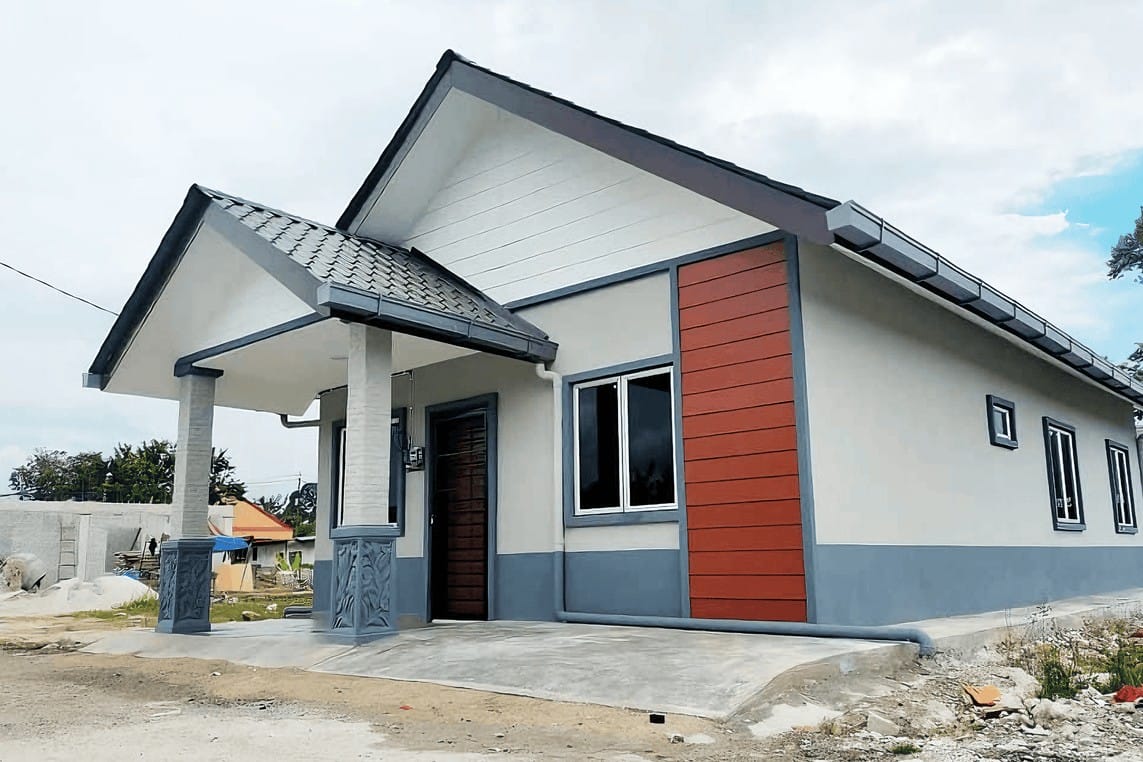
kontraktor rumah
bina rumah
pinjaman lppsa
pengeluaran kwsp
spesifikasi rumah
rumah batu-bata
pelan rumah
rekabentuk rumah
bina rumah atas tanah sendiri
kontraktor rumah selangor
rumah banglo
Source link
